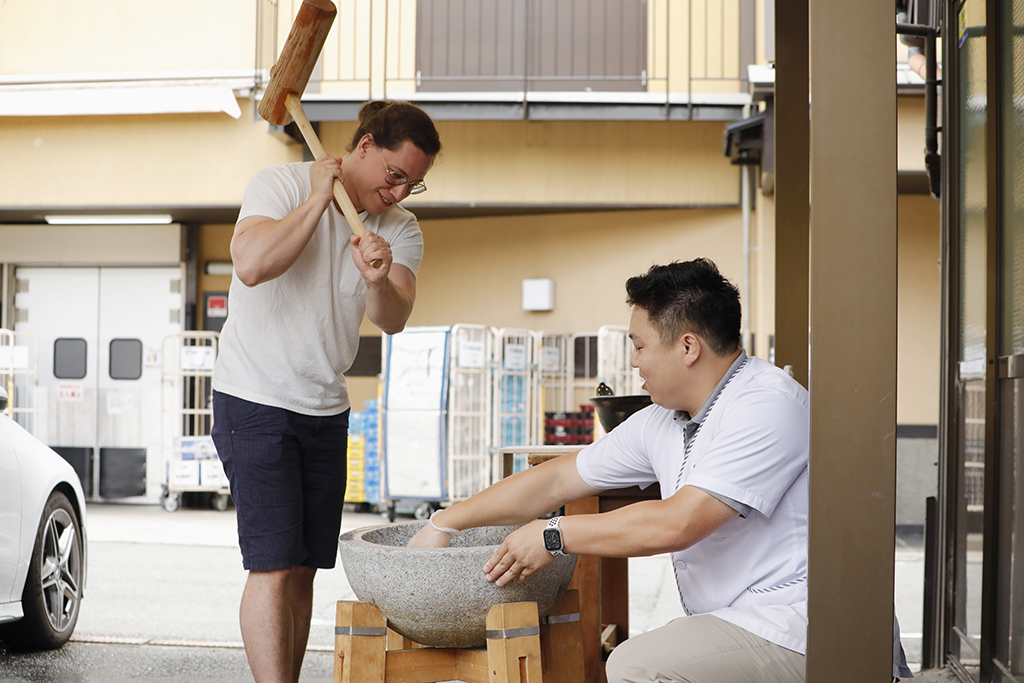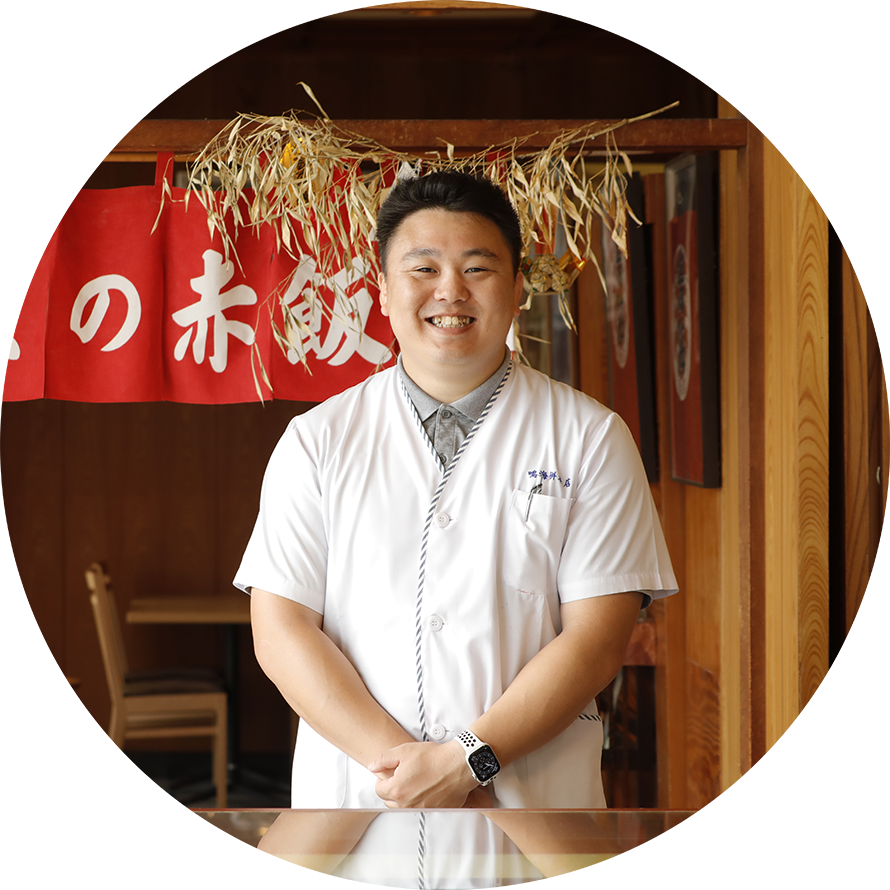
Traditional Customs "Mochi-Tsuki"
Japanese Local Food "Mochi"

- Discover Why the Japanese Have Continued to Make Mochi for Generations at a Long-Established Mochi Shop Founded in 1875
- ¥20,000 ~
-
In this experience, you will visit Narumi Mochi Honten, a shop that has been crafting mochi since its founding and is beloved by Kyoto residents. You will have the rare opportunity to enter the studio, where you can observe the process of making mochi using traditional machinery and watch artisans carefully craft wagashi one by one. After the tour, you will experience mochi-pounding firsthand using traditional tools. You will then enjoy the freshly made mochi in a recommended style from the shop. Made with carefully selected ingredients, the mochi is bursting with the natural sweetness and gentle aroma of rice, offering a taste that can only be enjoyed freshly made. We hope that through this experience, participants will not only savor the exquisite taste of freshly made mochi but also deepen their understanding of the profound relationship between mochi and Japanese food culture. This experience showcases a rich aspect of Japanese tradition.


- A Long-Established Mochi Shop Preserving Tradition While Embracing New Challenges
-
Founded in 1875, Narumi Mochi Honten has been a beloved fixture in Kamigyo-Ward of Kyoto City for nearly 150 years. Closely tied to Kyoto’s festivals, annual events, and the everyday lives of its people, Narumi Mochi is an indispensable part of the community. The shop is committed to handmade quality, using carefully selected ingredients such as rice grown in the rich soil of Kyushu, premium azuki beans, and pure groundwater from Kyoto. This dedication to using the best seasonal ingredients is at the heart of their wagashi (traditional Japanese sweets) making.
- Mochi: A Traditional Food Symbolizing the Spirit of Japan
-
Mochi, one of Japan’s traditional foods, has a long history dating back to the Yayoi period. In Japan, there is a deep-rooted belief in the sacred nature of rice, known as rice cultivation worship. Rice, believed to be a divine gift, has been cherished as a holy food that strengthens life. Mochi, made by pounding rice, and sake, brewed from rice, are considered particularly potent. Because of this, mochi has been treated as a sacred food offered to deities during rituals and festivals since ancient times. Even today, many Japanese households decorate their homes with kagami mochi (a traditional New Year’s decoration) as a nod to this tradition. The custom of eating mochi during celebrations continues to be an important part of Japanese culture. Mochi-making, or mochitsuki, is a process that involves kneading the ingredients together repeatedly, often with the help of many people. This sacred act of creating mochi has played a significant role in Japanese culture. To learn more about the deep connection between mochi-making and Japanese life, ask the artisans during your experience.

- Narumi Mochi Honten
- Rikiya Narumi
- A wagashi artisan at Narumi Mochi, a shop founded in 1875. In addition to crafting traditional sweets, he is also responsible for promoting the unique charm of Narumi Mochi Honten to a wider audience.

